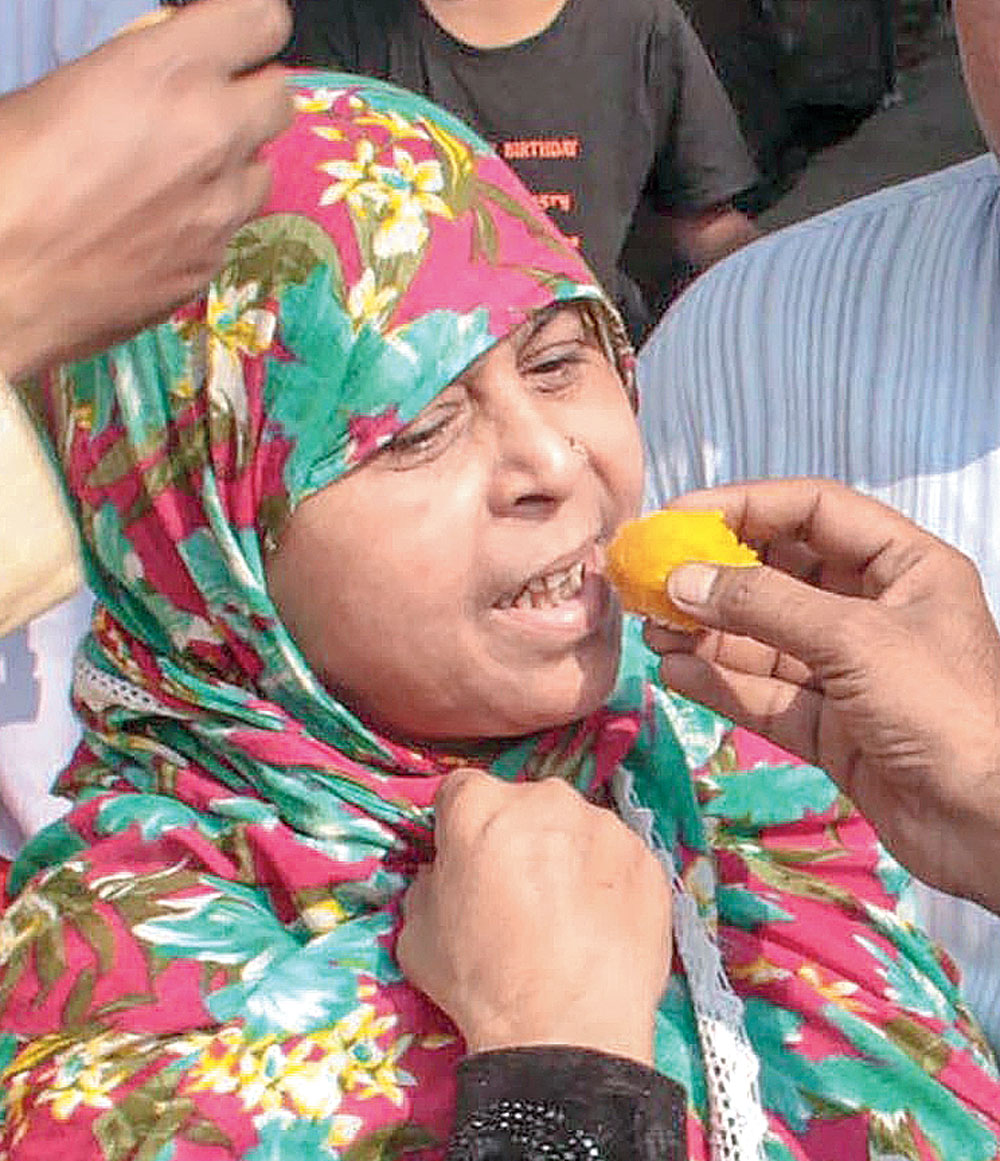Delhi High Court on Wednesday handed life terms to 16 former policemen for massacring 38 Muslims from the Hashimpura locality of Meerut, Uttar Pradesh, in 1987.
The bench of Justices S. Muralidhar and Vinod Goel reversed the trial court’s blanket acquittal of the accused and termed the massacre “targeted killing” of unarmed and defenceless people.
While sentencing the 16 retired Provincial Armed Constabulary personnel, the court observed that the families of the victims had to wait 31 years to get justice and that monetary relief cannot compensate for their loss.
Scores of male residents of Hashimpura had been rounded up in a cordon-and-search by army jawans on May 22, 1987, herded out onto the main road and handed over to the PAC, the chief paramilitary formation in Uttar Pradesh which was then ruled by the Congress.
Some 40-odd were driven in trucks to the banks of the Ganganahar canal, lined up, shot and left to float down the water. It was reported that 42 had died while a handful survived, feigning death until the cops had left.
After going through the records, the high court concluded that 38 were killed and five survived.
The high court said the evidence was “clinching” and the charges stood true beyond reasonable doubt. It directed the 16, convicted of murder, kidnapping, criminal conspiracy and destruction of evidence, to surrender on or before November 22.
The army, the PAC and the police had raided Hashimpura on suspicion — apparently unsubstantiated — that some residents were preparing to instigate large-scale communal violence following small clashes at several places, including Meerut city.
There had been unrest across the state since an Ayodhya court’s decision of February 1, 1986, to open the locks of the Babri Masjid and allow Hindus to worship the Ram Lalla (infant Ram) idol, kept there since December 22, 1949.
Rioting had erupted in Meerut on April 14, 1987, and smaller incidents kept happening. A young man was killed on May 21.
On Wednesday, the high court allowed BJP politician Subramanian Swamy’s plea to make public the report of the Uttar Pradesh CB-CID on the massacre. But it declined Swamy’s plea for a further probe to ascertain the role of then junior Union home minister P. Chidambaram.
“However, this will not preclude the concerned investigating agency from further pursuing the matter in accordance with law,” the court said.
“It will be open for the petitioner (Swamy) too, if he has any further material, to share it with such agency to facilitate the exercise.”
Swamy had also challenged the acquittals, contending the CB-CID report had indicted 66 PAC personnel but eventually only 19 were named as accused.
A court later framed charges against 17 for murder, attempt to murder, tampering with evidence and conspiracy. In 2002, the Supreme Court transferred the case to Delhi on a petition from the victims’ families.
One of the 17 accused, platoon commander Surender Pal Singh, died during the trial. On March 21, 2015, the trial court in Delhi acquitted the rest, giving them the benefit of the doubt on the ground that their identification had not been established because of lack of evidence.
The Uttar Pradesh government, the National Human Rights Commission and some private parties, including a survivor of the massacre, Zulfiqar Nasir, then appealed in the high court.
The Telegraph’s front page of June 1, 1987, carries a photograph of Nasir, then 17, vest pulled over his head displaying wounds from bullets that had grazed his armpit.
Zulfiqar’s account was widely put down at the time as “exaggerated” or “hallucinatory”. It was only when bodies began to float up and along the Ganganahar canal, even to places close to Delhi, that the contours of the carnage began to emerge and be accepted.











